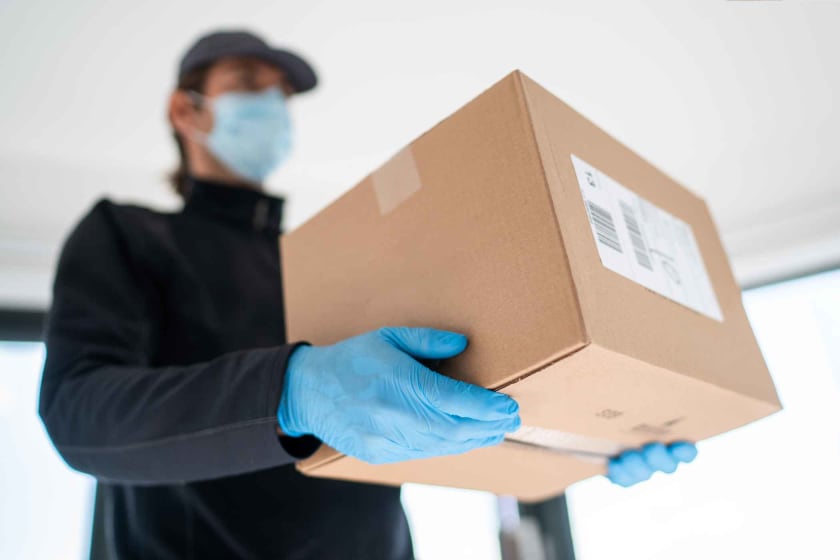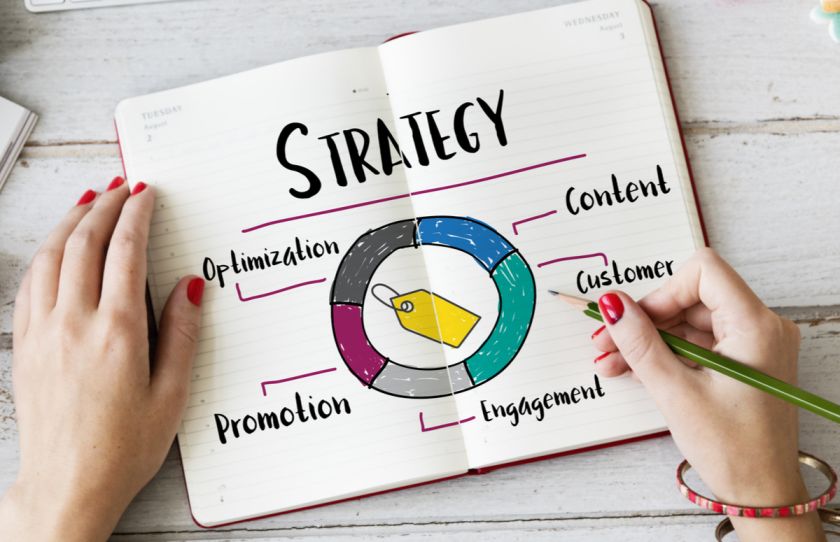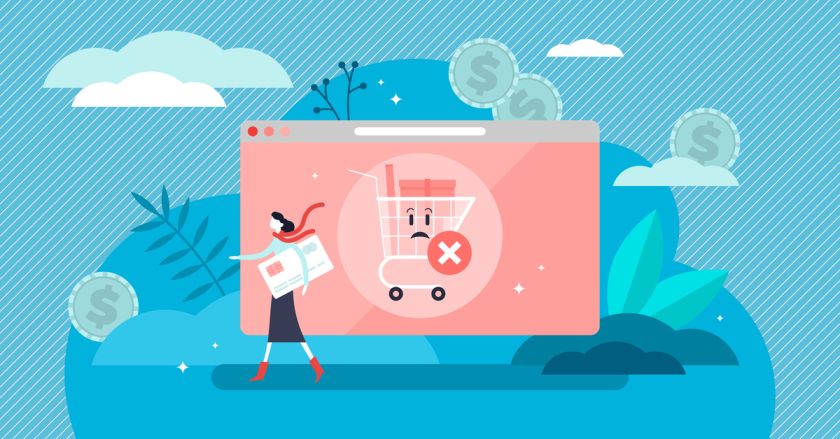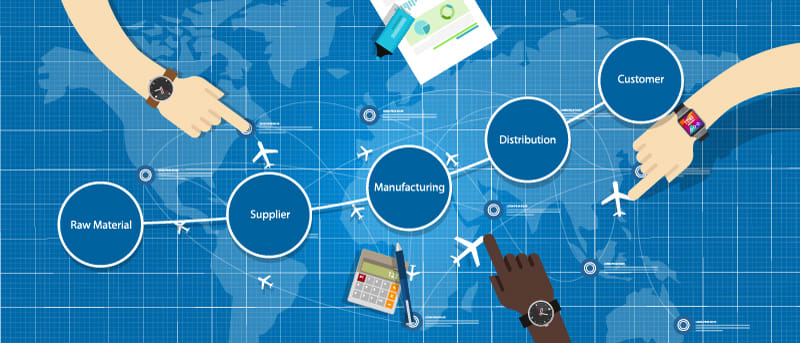Does Speed Matter?: A Look At Consumer Preferences for Retail Delivery



It was easy to walk into a shop and pick up what we wanted, right? It was all there right in front of us. All we needed to do was check, pay, and walk out with it. Speed was in our hands. But there was always the requirement of finding a retail shop near you for the merchandise, the physical movement, time devoted to the shopping activity, and really not much choice in the options available.
Technology is now taking over the world, and everything seems to be available at the tap of a finger on a small little screen. A single product is available on multiple sites, places, and spaces at various prices, varieties, and with a plethora of delivery options and services. Furniture has add-on assembly services. Clothes and shoes have return policies based on fitting or even preferences. And all this becomes easy because everything seems to be delivered within a matter of a few days. So is shopping no longer an urgency? Are people willing to wait a day or two and shop from the comfort of their homes? Let’s take a look at consumer preferences for retail delivery cause retail therapy is taking a whole new avatar!
Customers will be more likely to buy from you again. They’ll tell their friends and networks about the awesome experience, driving new business. You’ll see increased sales and revenue. Fewer shoppers will abandon carts.
Multichannel Retailing
Gone are the days of cement and brick shops. Multichannel retailing is a business strategy where customers are offered multiple modes and channels in order to shop for their desired products. The most common types of sales channels include online stores, physical stores, or e-commerce platforms like Shopify, third-party portals like Amazon, Flipkart, or eBay, and also social media platforms like Pinterest or Facebook Marketplace. There are also mobile-phone or internet browser applications for on-the-go shopping for restaurants or other essentials. Companies themselves have websites with facilities to shop online on their portal.
Customers often use a method called Webrooming (remember window shopping?!). This is a technique where the buyer visits the company website of the product they want to buy. This gives them the most authentic information about the product details and pricing. They then go on to visit the nearest store for a touch-and-feel experience to buy the product.
Customers also tend to compare prices online and offline to get the best deals, especially for high-end products.
Benefits of Multichannel Retailing
This ever-evolving concept of retailing offers some benefits to businesses as well as to clients.
FOR BUSINESSES:
- Spreading the business over multiple platforms will increase revenue. Advertising and marketing are big investments that need to be backed up by the availability of products through various easy routes.
- The more widespread the business model, the more you win the confidence of customers. Viewing a product through a single channel is way less convincing than seeing its availability through various mediums.
- Multichannel retailing also allows the company to monitor and assess its business model better. It provides a broader perspective on which parts of the business are more popular and what needs to be worked on.
- It also offers more opportunities for word of mouth or other forms of brand building through diverse audiences.
FOR CONSUMERS:
- Flexibility when purchasing and paying for services or goods.
- 24-hour access to some form of purchasing platform or the other. Consumers are not restricted to physical store timings to make a purchase anymore.
- Larger visibility and choice with greater competition regarding product features and pricing.
- Speed of availability also quickens the decision-making process of a consumer.
Drawbacks of Multichannel Retailing
There are certain drawbacks, too, like any business model. These are more related to the companies themselves than the customer.
- Prices of products need to be at par or at a competitive level with similar products of different brands.
- Every brand needs to up its customer service experience, whether in-store or online.
- Return policies are a must and have to be fool-proof, especially for clothing or wearables and gadgets.
- Customer information must be kept confidential and secure in all settings.
- Quality needs to be standardized across retailers.
- Companies must have enough and professional staff to maintain all the multiple channels with the same quality and service.
Retail Strategy
Every business requires a strategy or a plan of action. The process a company utilizes to develop products, maintain standards, and finally sell to customers is what comprises the retail strategy. Although there may be multiple elements to the plan like merchandise, location, advertising, visualization, delivery, pricing, etc., most retail strategies are based on the 4 Ps. - Product, Price, Promotion, and Place. Two more Ps have been added to the above strategy in recent times with the growing competition. These are Presentation and Personnel.
Factors to Consider For Retail Strategy

Below are some bullet points of factors that companies consider while detailing their retail strategy.
- Chalking out the target audience
- Retain old customers for loyalty and gain new ones with advertising and luring deals.
- Know the business. A strategy for perishable food items will be very different from, say, furniture.
- Be aware of the competitors’ strategies.
The Importance of Speed in Retailing
The pandemic has played a huge role in the fall of physical stores and the upliftment of online shopping. As the year moves forward, the predicament that the U.S. market will be in:
- By the end of 2021, total U.S. retail sales will include 15.5% of e-commerce sales.
- 58% of buyers shop online at least once a week.
- 43% of clients are fine with never visiting a physical store again.
- 73% of consumers believe shopping will majorly move online in the future.
- According to 62% of shoppers, delivery speed governs their buying decisions.
- Same-day delivery is preferred by 30% of consumers.
- 85% of online shoppers shift websites and portals if the delivery status is long.
- 90% of consumers hold a baseline of 2- to 3-day shipping as the standard expected delivery time.
- Amazon leads the tribe of delivery preferences with 58% higher shoppers due to their same-day delivery/service.
How Does Speed Impact the Purchase:
1. Webrooming or Website hopping
Downloading apps on phones which have large data-saving spaces has become a cakewalk. Therefore, customers will be webrooming or visit various shopping sites to find the same product. Once they have decided on the product, the final deciding factor is only price and speed of delivery.
2. Shopping cart abandonment

Though this could happen for a variety of reasons, buyers will often abandon the shopping cart once the delivery time shows too many days or is too slow.
Other reasons may include finding the same item at a cheaper cost on a different site or if it includes a shipping or delivery cost that is too high.
Amazon is leading the list now with its Prime memberships, which promise one-day deliveries for most products and free delivery for prime members.
3. Brand Loyalty
Brand loyalty is primarily formed on the basis of past experiences of fulfilled commitments and service. If a client is loyal to an online portal, they will likely overlook a slight variation in price and delivery (if the item is not of urgency). The client gets used to a general format of ordering and receiving an item within a certain time period.
4. After-sales service
Speed of delivery does not only refer to the receipt of the item within a stipulated time. Most online shopping portals include return or replacement policies. The speed of pickup of the rejected item, the delivery of the replaced product, or the refund of the cost must also be quick and efficient. Once a product has been paid for and reached the customer, after-sales service must not become a harrowing, long-drawn process.
5. Speedy checkouts
Payment gateways, pay balance refills, and technical difficulties during checkouts can also be a major put-off for a customer. The process should be quick and easy, even for people who seem technologically challenged. If not, there is still a percentage of people who would rather step out to a physical store or move to another site than endure the frustrations of a slow checkout process.
6. Fulfillment centers
As fruitful as it sounds, each e-commerce site needs a solid backup of fulfillment centers and a workforce that can deliver each item individually to each household. For example, in 2020, Amazon spread its branches to 1000 suburban fulfillment centers to support its promise of same-day deliveries.
7. Safety
Being in a hurry or the competition should not compromise on the safety and quality of the purchase. Payment gateways, OTPs, or even cash-on-delivery should be totally fool-proof and safe.
Conclusion
People still do check out items online and then go and purchase from a nearby store. Touch-and-feel is still a major consideration for purchases of certain products. That’s why e-commerce gives the option of return policies as well. But speed is probably inconsequential when all you have to do is go and pick up something yourself for immediate need. But with online shopping taking over the world, retailers are struggling to be neck-to-neck or overtake each other as far as pricing and speed of delivery and after-sales service are concerned. Here’s a look at the consumer preferences for retail delivery and strategies around it.



















